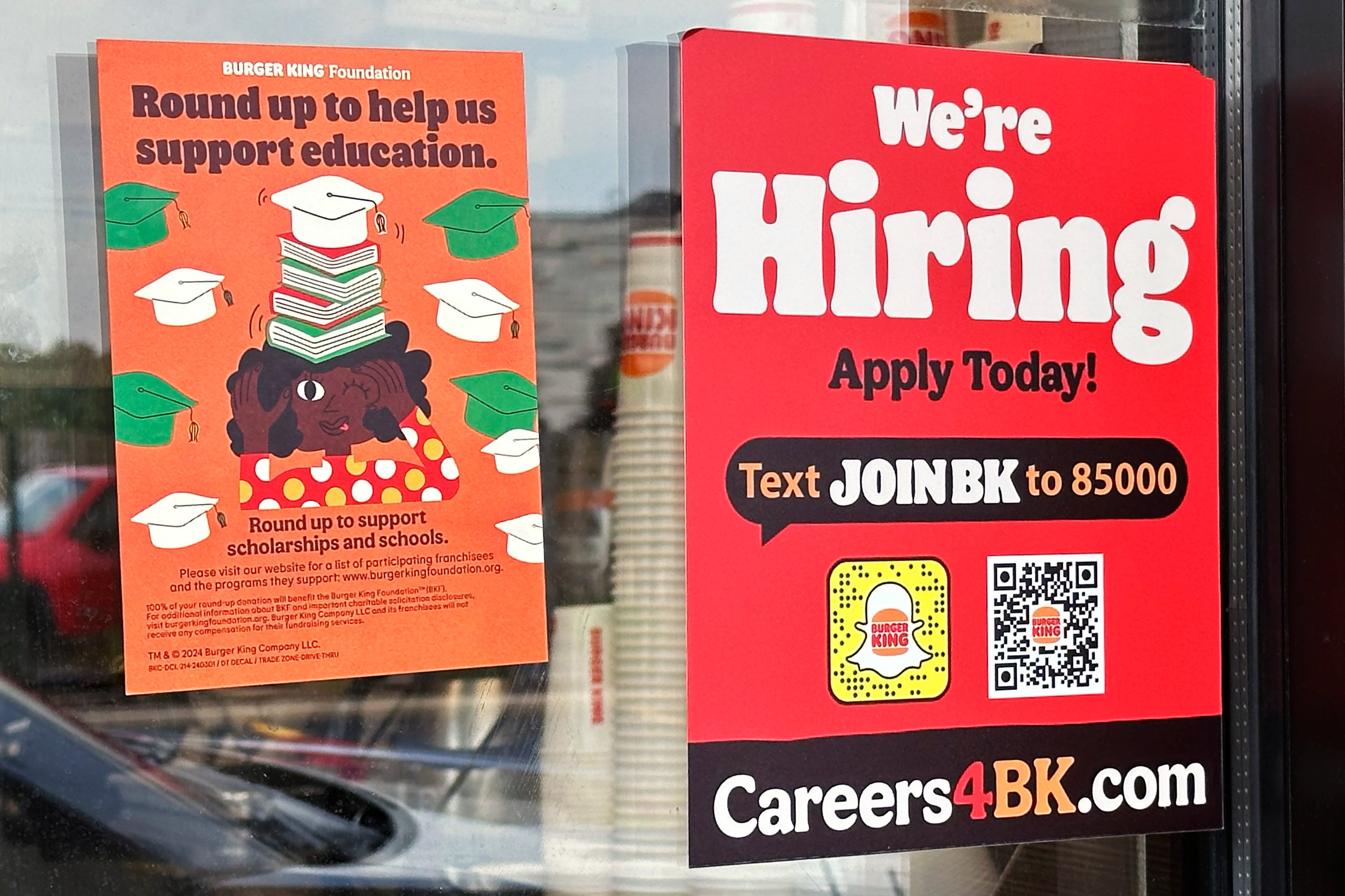U.S. jobless claims fall to 238,000 from 10-month high, remain low by historical standards
The number of Americans applying for unemployment benefits slipped last week

The number of Americans applying for unemployment benefits slipped last week as the U.S. labor market remained resilient.
The Labor Department reported Thursday that jobless claims fell by 5,000 to 238,000 from a 10-month high 243,000 the week before. The four-week average of claims, which evens out weekly ups and downs, rose by 5,500 to 232,750, highest since September.
Weekly unemployment claims — a proxy for layoffs — remain at low levels by historical standards, a sign that most Americans enjoy unusual job security.
Nearly 1.83 million people were collecting unemployment benefits the week of June 8, up by 15,000 the week before.
The U.S. economy and job market have proven remarkably resilient in the face of high interest rates. Employers are adding a strong average of 248,000 jobs a month this year. Unemployment is still low at 4%.
But the economy has lately showed signs of slowing, perhaps offering evidence that higher borrowing costs are finally taking a toll. For instance, the Commerce Department reported Tuesday that retail sales barely grew last month.
The Federal Reserve raised its benchmark interest rate 11 times in 2022 and 2023, eventually bringing it to a 23-year high to combat a resurgence in inflation.
Inflation has come down from a mid-2022 peak 9.1% but remains stubbornly above the Fed's 2% target. Fed policymakers announced last week that they have scaled back their intention to cut the rate three times this year. Now they are anticipating only one rate cut.
Bookmark popover
Removed from bookmarks